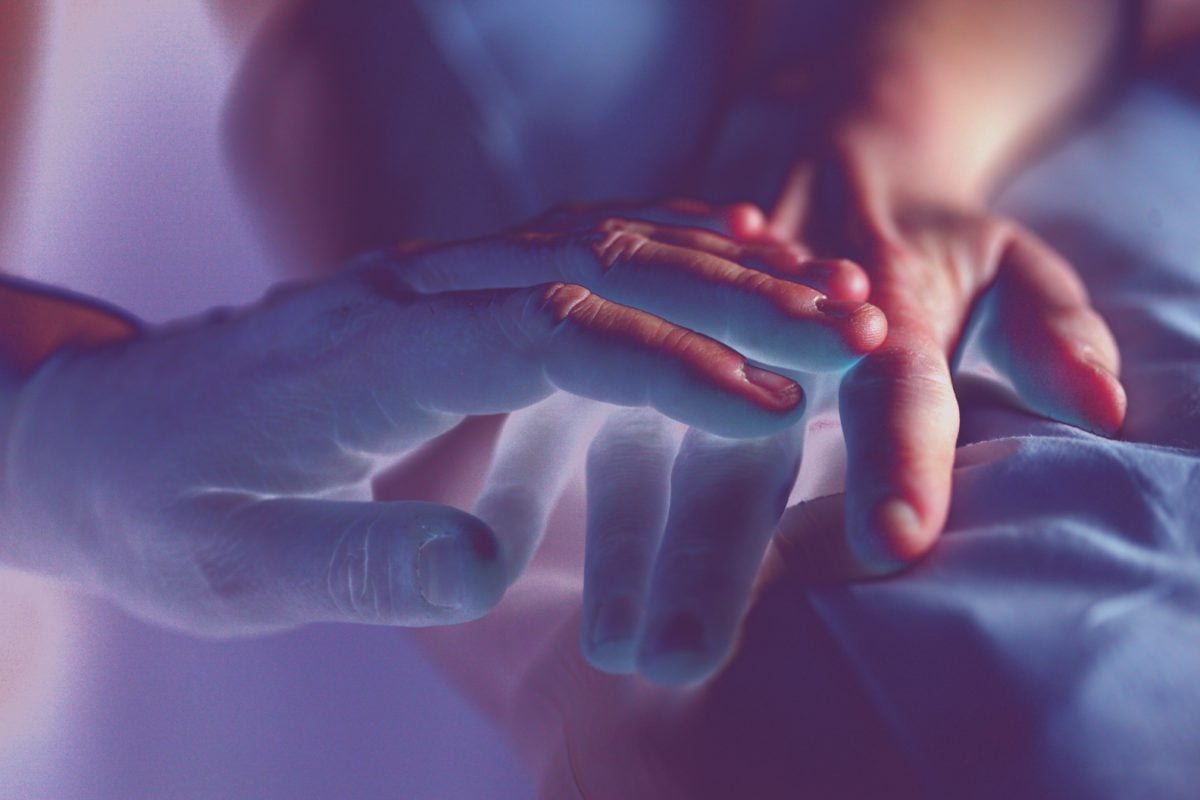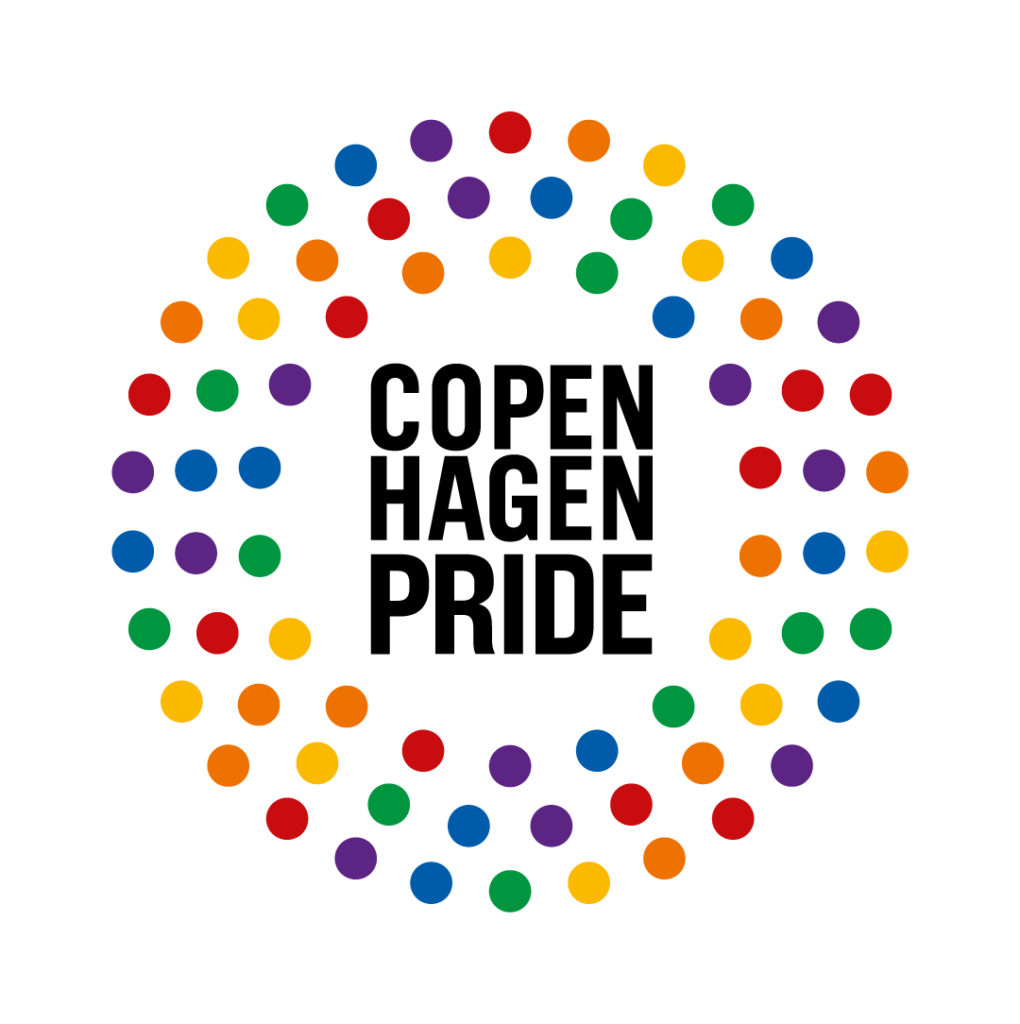
Demisexuality 101
By Mariya Alfa Staugaard (She/Her)
One of the most nuanced aspects of sexuality has to do with attraction. How, when, and to what degree you experience being attracted to others can be the cornerstone of your sexual orientation. This is very much the case for demisexual people; an identity under the asexual umbrella that is very rarely talked about. We spoke to a volunteer from the Asexual Association Denmark (they/them), who is demisexual, to find out more.
How would you describe demisexuality?
It’s a sexuality where you can experience sexual attraction, but only after you’ve developed a close relationship with a person.
How long have you been a part of Asexual Association Denmark?
I’ve been involved for just over two years. I’m responsible for our debate committee, so I help ensure that we make contributions to Pride and other events. The goal of the organisation is to take over the world (laughs), so I have a dream of expanding with even more debates.
What has your journey been like in terms of identifying as demisexual?
I saw an event about asexuality at Pride Week and it led me to the Asexual Association Denmark. Even though it wasn’t everything that I felt fit me, there was a basic orientation that resonated with me.
It was also through joining AAD that I began to reflect on my gender identity. It was through a general acceptance of myself that I came to certain conclusions. Once you start questioning one thing, the rest comes pretty naturally.
About a year ago, I started messaging a really lovely woman on a dating app and in January we started dating. After a couple of months together, I could feel that something was starting to happen – that sometimes I wanted more than just cuddling and hugging. So in that way, I started to discover an attraction that wasn’t the romantic one that I’m familiar with. So now I’ve started to explore that side of the relationship with her.
Have you experienced any stereotypes about demi- or asexuality?
Generally, people think it means you want absolutely nothing to do with sex, but it’s a big spectrum. As an asexual, you can have plenty of reasons to have sex. An allosexual person (someone who experiences sexual attraction, ed.) can also have a number of reasons to have sex with people they’re not attracted to.
How do you experience the inclusion of asexuals in the LGBTI+ community and the Pride movement?
I’ve heard of some people questioning it, but it’s not been my experience. But it’s like how it started with gays and lesbians, then bisexuals, then transgender people were included. It’s something that’s evolving. And the way I see it, the queer community is people who are different coming together. And together we have much more power than if we stand separately. And we all have something in common in terms of going against the cis-heteronormative narrative.
Is there any advice you would give to others?
Ultimately, remember that it’s just labels. Nothing in life is permanent – not even life itself. So there’s no need to be fussy, and if you later find a label that fits better, then that’s just what you go with.
Many thanks to Tor from the Asexual Association Denmark for contributing to this article. You can learn more about the organisation at www.aseksuelle.dk.



